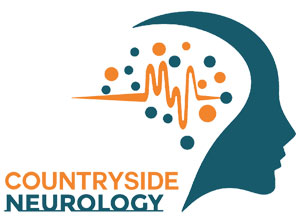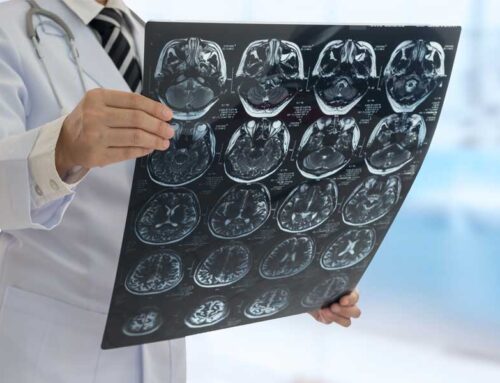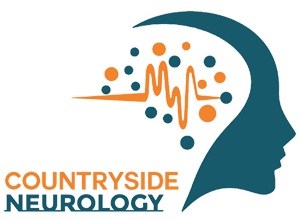EEG (electroencephalogram) and EMG (electromyography) exams are used to diagnose and evaluate a wide range of neurological and neuromuscular conditions. Here are some conditions that may lead to getting these exams done:
Conditions that May Require an EEG (Electroencephalogram):
- Epilepsy: EEG is a key tool in diagnosing and monitoring epilepsy. It helps identify abnormal brain activity during seizures and can aid in determining the type of epilepsy.
- Seizure Disorders: Aside from epilepsy, EEG can diagnose other seizure disorders, such as psychogenic non-epileptic seizures (PNES).
- Sleep Disorders: EEG is used to diagnose sleep disorders like sleep apnea, narcolepsy, and parasomnias.
- Encephalopathy: EEG can help diagnose brain disorders characterized by altered brain function, such as metabolic encephalopathy or toxic encephalopathy.
- Brain Infections: EEG can identify abnormal brain activity associated with infections like encephalitis or meningitis.
- Head Injuries: EEG may be used in assessing brain function following head injuries, particularly in cases of moderate to severe traumatic brain injury.
Conditions that May Require an EMG (Electromyography):
- Neuropathies: EMG is used to diagnose peripheral neuropathies, including diabetic neuropathy, Guillain-Barré syndrome, and carpal tunnel syndrome.
- Myopathies: EMG helps diagnose muscle disorders such as muscular dystrophy, myasthenia gravis, and inflammatory myopathies.
- Motor Neuron Diseases: EMG is used in diagnosing and monitoring conditions like amyotrophic lateral sclerosis (ALS).
- Nerve Entrapment: Conditions like carpal tunnel syndrome, cubital tunnel syndrome, and sciatica often require EMG to assess nerve function and locate the site of entrapment.
- Spinal Cord Diseases: EMG can help diagnose disorders affecting the spinal cord, such as spinal muscular atrophy.
- Muscle Disorders: EMG is used to differentiate between primary muscle disorders and disorders with secondary muscle involvement.
- Movement Disorders: EMG may be used to assess involuntary muscle movements associated with movement disorders like Parkinson’s disease or dystonia.
- Fasciculations and Tremors: EMG can identify the source of muscle twitching (fasciculations) or tremors and distinguish between neurological and muscular causes.
It’s important to note that the decision to undergo EEG or EMG exams should be made in consultation with a neurologist. These tests are ordered based on the specific symptoms, medical history, and clinical evaluation of each patient. If you’re experiencing symptoms that are concerning, contact Countryside Neurology at 727-712-1567 to schedule an appointment today.
Sources:
ChatGPT





